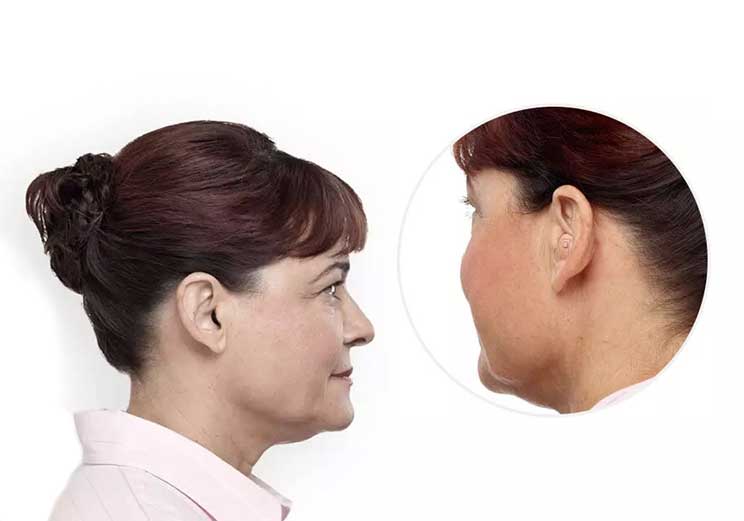If you think you might benefit from wearing hearing aids, you have come to the right place to learn some good information to get you started.
- Types of hearing aids – What are the different styles of hearing aids?
- Hearing aid batteries – Types of hearing aid batteries available- including rechargeable
- Hearing aid prices – How much do hearing aids cost?
- Best hearing aid – How to choose the right hearing aid for your needs
- Getting hearing aids – How to buy hearing aids
- Try hearing aids for free – Register for a 30-day hearing aid trial!
How do digital hearing aids work?
Hearing aids work by amplifying sound via a three-component system:
- Microphone – receives the sound waves and converts it into electrical signals
- Amplifier – increases the strength of the sound signals and sends them to the ear
- Receiver/speaker - converts the amplified electrical signal into sound and delivers it into the ear canal
Digital hearing aids have features that can automatically adjust the volume and listening programs based on different listening environments.
What are the different types of hearing aids?
Hearing aid types can be classified into two main categories: They either sit behind the ear (BTE) or inside the ear canal (ITE). There are several factors that determine what kind of hearing aid you need, including the severity of your hearing loss, aesthetic preferences, dexterity, lifestyle needs and budget.

Behind-the-ear hearing aids (BTE)
Comfort & high performance: Behind-the-ear hearing aids are currently the most frequently selected hearing aid models due to their high level of comfort. They are available in various sizes and styles and are suitable for mild to severe hearing loss.
Learn how to choose the right BTE hearing aid

In-the-ear hearing aids (ITE)
Customizable & almost invisible: In-the-ear hearing aids are often custom made so that they fit directly in the ear. Because of their small size, they are best for mild to moderate hearing loss. Whether you can be fitted with ITE hearing aids depends on your ear canal’s shape and size.
Learn how to choose the right ITE hearing aid
Bluetooth hearing aids
With Bluetooth functionality, hearing devices allow you to wirelessly connect to a range of devices. You can hear music, take phone calls, and listen to TV audio either directly from your hearing aids or via a hearing aid app at a distance of up to 100 meters.
How do hearing aid batteries work?
Hearing aid batteries are a crucial part of the hearing device. A new hearing aid battery will last for anytime between three and ten days before you need to replace it. The lifetime of the battery depends on multiple factors, including the hearing aid type, battery type and capacity, and how much you use it.
Rechargeable hearing aids
Rechargeable hearing aids are often referred to as hearing aids without batteries. Hearing aids with rechargeable batteries are beneficial for both the environment and your wallet, when compared to exchangeable batteries (which must be re-purchased - and therefore thrown out - more frequently.

Hearing aids getting charged
Rechargeable hearing aids work in much the same way as rechargeable batteries. However, instead of charging the batteries, you simply charge the entire hearing device on its mobile charging pod that comes with it.
Hearing aid prices in Canada
The prices of hearings aid can vary depending on where you live and what product you chose, but prices generally range from $1,200 to $4,400 per unit depending on the specific style and features. Insurance plans and medical coverage can also have an effect on the final price of the hearing aids. The more advanced technology and more features a hearing aid offers, the higher the price. Finding the right price point for you is a matter of weighing the costs and advantages of hearing aid features and technologies then matching it with your needs and budget.
See what factors go into hearing aid prices
Prices may vary and are based on a 3-year lifespan and after government funding is applied.
Do you want to try HearingLife’s new hearing aid for free?
Remarkable speech clarity - Practically invisible - Try them at home for 30 days without obligation.
For a FREE trial visit HearingLife or call the toll-free number at 1-833-253-3733





